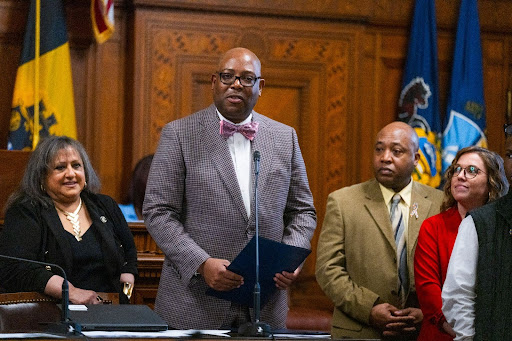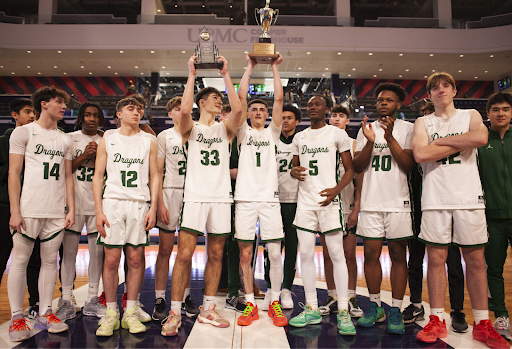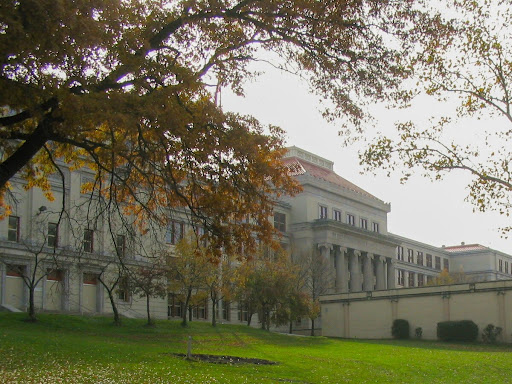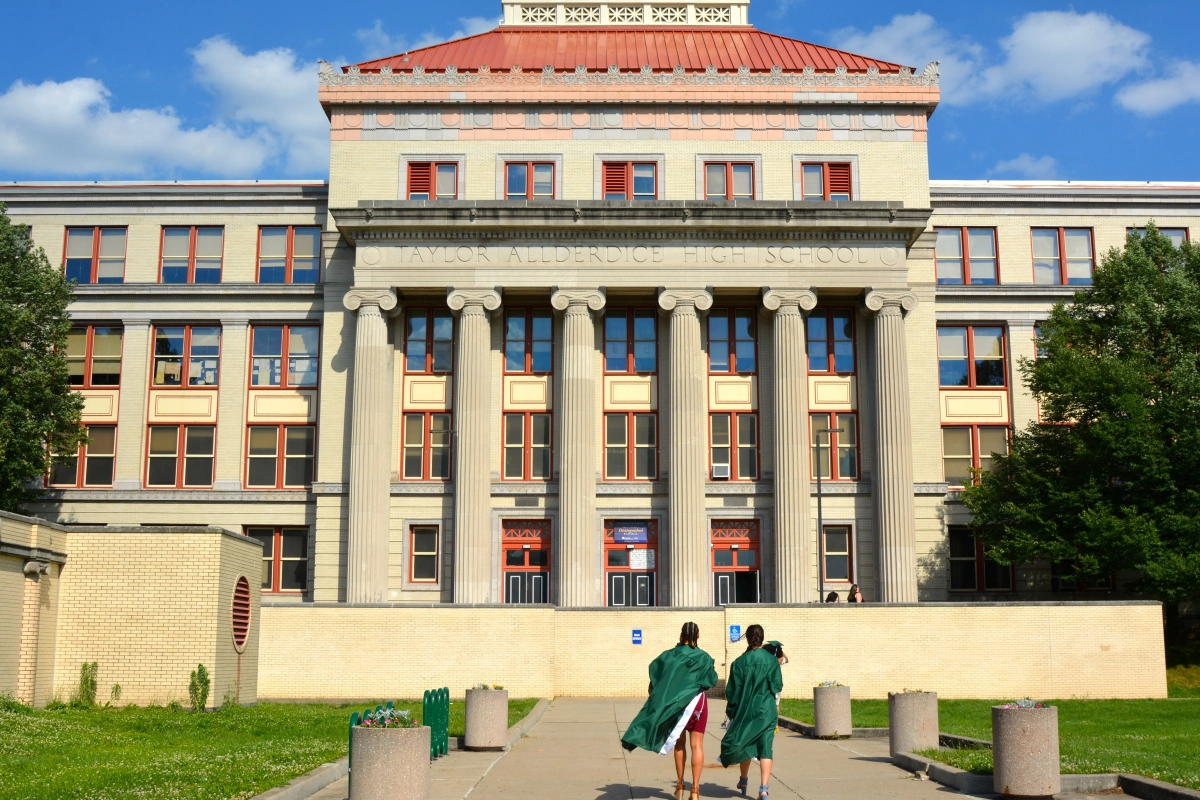“Modern schools are prisons without bars”, is a sentiment I’ve heard from students in regards to life in our modern school systems.
To many, this is an expression of hyperbole that often evokes the overdramatic aura of most teenagers who would rather ‘eat a bag of nails’ than be forced to sit in Mrs. So and So’s “Fibromyalgia Studies” class. But hidden behind that thick veneer of sarcasm and disinterest is something much more real.
A deep angst surrounds schools, one which can be dated back as far as anyone can remember. I asked myself, what makes our schools so deeply despised by their students?
Is it the penitentiary-styled walls? The militant regimen? Or, the seemingly life or death stakes attached to the minute principles and concepts that students couldn’t care less about?
And to that, I answered option D, all of the above.
Our modern schools (that being elementary through high school) are the ground zero of every American child’s education. Although they are the place that our children depend on to provide them with the tools needed to face the world, they seem wholly incapable in many ways of providing them.
The “National Report Card” for civics students across the United States was released by a government organization of the same name in 2022. It showed an overall decrease in scores from 153 points in 2018 to 150 points out of 300 in 2022 and marked the first decrease in the scoring data ever, returning to the score averaged in 1998.
As for math and English? Math has seen a decline in scores from 2005 to 2019 from 153 to 150 out of 300 and English has seen a 7-point average decline for 2019 since 1992 marking the lowest our scores have ever been for both areas.
Now I can ascribe many causes as to why these decreases have occurred but what I would postulate as the main reason for this decline is a crucial gap created as a product of a systemic disregard for the proper education of students, in favor of a watered-down and work-based system that de-emphasizes critical thinking which discourages the ability to work independently outside of school and trains students only to “perform well” on tests. This in turn leads students to not even fully grasp their understanding of the concepts taught to them and only focus on short-term cramming.
What I will argue for to combat this, is a school system based around practical and hands-on learning. This would engage students with concepts through discussions based on critical thinking and comprehension alongside providing students with an education they will be able to retain for a period longer than that is required when cramming for a test. This brings me to discuss the overarching topic of this article, my idea of what a “Model School” should look like.
These “model schools” as I will call them are to be palaces of learning, places in which children and teens are taught all the skills necessary for them to become functioning and active citizens both within their communities and also in their wider world.
In these new schools, one should be taught all of the basic and fundamental concepts of learning throughout the K-8 period in addition to the math, reading, and social studies skills necessary to understand the larger concepts to come. While these concepts are being honed and mastered, these children will be exposed to the possible interests in which they may find that they are interested and from there be able to tailor their schedules to fit the path they may want to go down.
Whether that be being able to opt into classes that teach art and music or opt out of those in favor of something related to home economics or any number of other options, students would be able to chose something interesting to them. Students at that age (5-14) should be encouraged to explore things that are outside of the box that they are normally placed in by their grade levels and streamlined classes.
This would allow students to develop interests so that by the time they reach high school they will be able to have thoroughly explored the different fields and learning paths that they would have otherwise not experienced.
High schools themselves would be no different from middle and elementary schools in terms of options being open for teens to explore and develop a passion. Which will give students the ability to refine and better express what they want to do and how they will do it.
This would be compounded with the standard mathematical and English education which could branch off depending on students’ interests and abilities. It would still teach students important concepts like algebra and geometry or essay writing and critical thinking but would emphasize an expanded and reinforced role of civic education in the classroom.
There should be four years of required civics learning and must include some kind of civic extra-curricular activity whether that be volunteering, canvassing, or voting (for seniors) to make sure that students are both thoroughly prepared and educated on their civic responsibilities so that as adults they can informedly make decisions as both a voter and citizen.
These methods would, instead of emphasizing a system of tests which since its installment has only seen it’s declining scores in major areas, disestablish that model. Encouraging a holistic and more hands-on approach focused on making sure students actually make it out of school with something more meaningful than simply the mitochondria being the powerhouse of the cell.
















